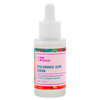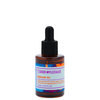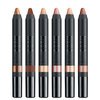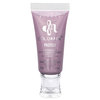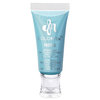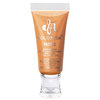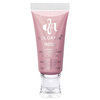FYI: Your Eyelashes Can Age, Too! Our Expert Tips for Young-Looking, Fabulous Lashes
by Jamie Gaul
Published Sep 23, 2014

When it comes to anti-aging efforts, most of us focus on the face—and maybe the hands, neck, and décolletage get a little love, too. But what about our eyelashes? Did you know that as you age, your lashes can lose pigment, thin, and even fall out? Say it isn’t so! However, there are things we can do to achieve luscious lashes for years to come. We turned to two trusted experts, makeup artist Brigitte Reiss-Andersen and dermatologist Dr. Jessica Wu, to get all the details.
What aging does to lashes
As with any anti-aging regimen, it’s all about starting early. Once you start to lose lashes and lash pigment it’s significantly harder to get those things back, according to Dr. Wu. Therefore, incorporating lash care into your daily skin care routine is imperative to keep them healthy in the long run. Dr. Wu notes that in our twenties and thirties, we have more lashes, so our eyes look bigger, brighter, and more attractive. However, as estrogen levels start to decline, usually when we’re in our forties, lashes get lighter and shorter—and that can make eyes look smaller, tired, and, well, older. At that point, it’s even more important to take care of your lashes, because full lashes will help you look younger.
The most essential part of lash care
The most important way to do that? Take off your makeup—especially your eye makeup!—every night. “To skip taking off your eye makeup, especially mascara, is a cardinal sin,” says Reiss-Andersen. “Sleeping in mascara can make your lashes dry and brittle, and potentially cause them to fall out.” Remember, your lashes are hair! So they need TLC just like the strands on your head.
On lash conditioners & lash curlers
If you’re guilty of skipping the remover, Dr. Wu says you can turn things around with the right products. “Lash conditioners can help stop breakage,” she says. There are several on the market (Tarte and Jane Iredale both have one); typically, they come in mascara-like tubes and contain a nourishing blend of non-irritating moisturizing agents, peptides, proteins, and vitamins. Look for natural, gentle ingredients like coconut oil, vitamin E, and chamomile extract—there’s no one formula that will be effective (and non-irritating) to everyone. Consult your dermatologist for advice, and check out three different DIY lash conditioner recipes here, and you just might discover your magic potion! They’re pretty easy to use: just apply every night before bed. A few weeks in, lashes should feel less brittle and prone to breakage. (If you’re into natural products, a mostly natural mascara that’s designed to be extra hydrating might be a good choice, too; we love ILIA’s, which comes in four colors.)

It’s also worth mentioning aggressively over-pumping your lash curler is a no-no. Doing so can snap your lashes and/or cause them to weaken over time. Makeup artist James Vincent recommends squeezing with light pressure and working with a soft pulsing grip (check out more of his lash curling advice).

Faking it: the mascara trick that always works
You can also fake it til’ you make it! Mascara is a great option for getting full lashes at any age. To use your favorite tube to its full potential, Reiss-Andersen suggests a technique that’s a little like painting your nails. “You start with the ends and you close through the roots, then you wiggle the brush to get the mascara in with the roots so to speak, then you brush it out. That way, the mascara will coat each lash,” she explains.
The skinny on growth treatments
Okay, so what can we do to help our lashes in the long run? Both Dr. Wu and Reiss-Andersen view dermatologist-prescribed lash-growing treatments such as, Latisse, as lifesavers. Reiss-Andersen says, “I think Latisse is fabulous, because it can help improve the quality of your lashes and potentially help you get back the ones that have fallen out.” Dr. Wu mentions that most of her patients can even skip mascara when they start using a growth treatment.
Latisse is the first and the only FDA-approved medication to treat people with the problem of hypotrichosis, a condition in which you have really sparse eyelashes. The Latisse solution contains an active ingredient called “Bimatoprost” that is well-known for its ability to enhance lash growth. While Latisse is a good option for most people—whether they already have short or thinning lashes—or want to prevent thinning in the future, those with sensitive eyes may not be the best candidate. Your doctor can help guide you on that, as well as the potential side effects. With Latisse, they include: an itching sensation in the eyes and/or eye redness, skin darkening, eye irritation, dryness of the eyes, and redness of the eyelids.
Featured Products
-
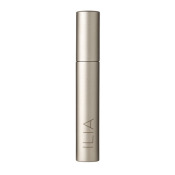
ILIA
Mascara
$26
/ 4
You Might Also Like
-

Eyelashes
Learn to Apply Any Faux Lash Like a Pro!
- 1794
-
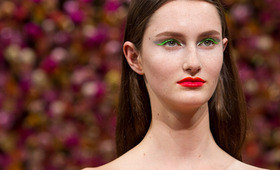
Eyelashes
Bright Eyes: The Right Colored Mascara for Your Lashes
- 444
-
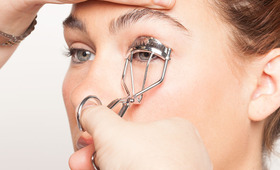
Eyelashes
How To Curl Lashes (the Right Way)
- 6319
-
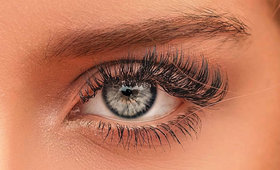
False Lashes
5 Steps for Applying Falsies in Under 5 Minutes
- 3
-

Eyelashes
How to Get Eyelash Glue off Your Eyes
- 1
-
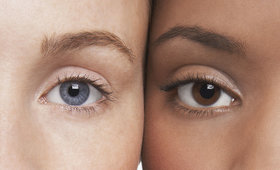
Eyelashes
FYI: Your Eyelashes Can Age, Too! Our Expert Tips for Young-Looking, Fabulous Lashes
- 462
-
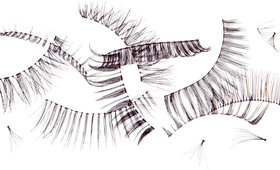
Eyelashes
Extend The Life Of Your Eyelash Collection
- 320
-
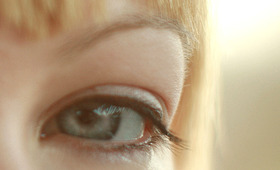
Eyelashes
Do Eyelashes Break? Yes. We Get to the Root of the Problem.
- 722






